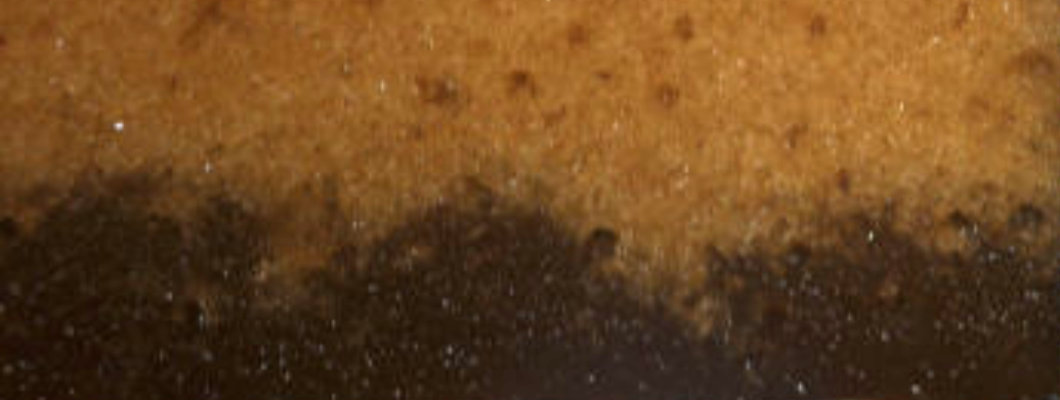
Title image above is copyright © Optimate Group Pty Ltd
(This article was originally published 15th October 2019 here on our Jujube Tree Nursery site.)
First published here 15th March 2023.
Have you ever repotted a plant and wondered why the bottom of the potting mix is so incredibly saturated compared to the rest, despite the drainage holes at the bottom of the pot?
You may have thought this was a sign of over-watering, but what you observed is due to an interaction between the water, the potting medium, and the shape, size and height of the pot itself! Read on to discover why you should not line the bottom of a pot with gravel or other largish, coarse material to increase drainage — doing this will decrease drainage!
Let’s do an experiment. Grab a large, thick rectangular sponge and submerge it in water. (I couldn’t find a fully rectangular one, and had to improvise with a more peanut-shaped one instead.)
Squeeze it, then let go to fully saturate it. Now remove it carefully, keeping its largest surface as horizontal as you can, and place on a wire screen. (I used a trivet over a bowl here.) Measure the height of the saturated portion once drainage stops.
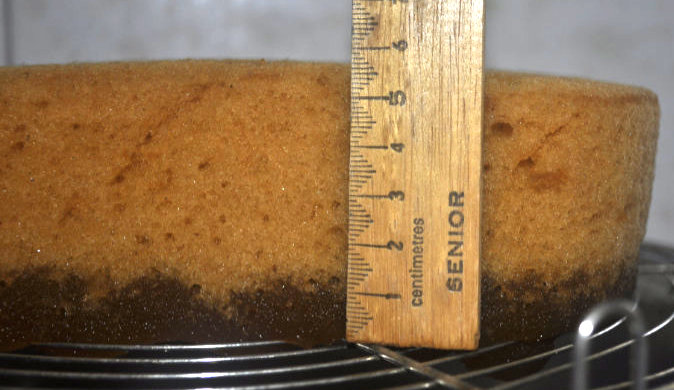
copyright © Optimate Group Pty Ltd
Tip the sponge onto its longest side, and again measure the height of the saturated part once drainage stops. Now tip the sponge onto its smallest end, and again measure the height.
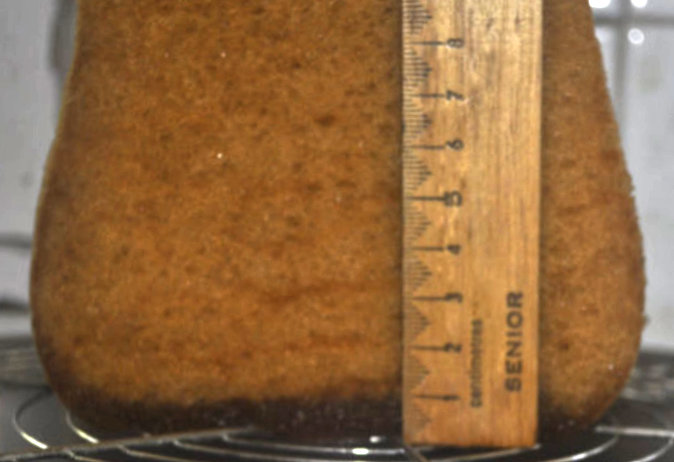
copyright © Optimate Group Pty Ltd
You should find that the height will be pretty much the same each time. Unfortunately the sponge I used was quite floppy and hard to keep upright on its smallest end without exerting a force and affecting drainage. This meant that I didn’t get the most perfect of results, but even so, a level of water close to the original still formed.
The important thing to note here is that the same height of water forms each time, as the sponge changes from a wide, shallow shape to a tall, narrow shape, and despite the total volume of water held by the sponge decreasing with each drainage.
Just as just-drained soils in the field are at field capacity, ‘soils’ in pots are at container capacity. Think of the sponge above as the potting medium, its dimensions (boundary) as the pot, and the water it holds as the container capacity.
The sponge retains water despite being allowed to drain, as it, like soil and potting mixes, is porous, and pores hold water tightly.
A fully saturated sponge has every one of its pores filled to capacity with water. Smaller pores hold water more tightly than larger pores because of capillary action, but even the larger pores will fill with water if there’s enough flowing into them, such as with a sponge fully immersed in water.
When that sponge is removed and placed on a wire rack, there is suddenly a large and empty area beneath, and water held more loosely in the larger, lower pores can flow out, driven by gravity and the weight of the water above those pores. Eventually though, the flow of water ceases as gravity is not enough to overcome the holding power of those lower pores. The lower portion of the sponge becomes saturated, seen as the pooling of water in the first photo above.
When that sponge is upended to create a taller, narrower shape, as in the second photo, there is again enough weight above to drive another flow of water. But this too stops once the holding power of the lower pores is stronger than flow due to gravity.
Potting media in pots behaves exactly the same way — water will infiltrate the pores and drain out the pot’s bottom, but only until gravity can no longer overcome the ability of those pores to retain that water. The only way to remove more water from the bottom would be to place the pot onto a highly porous material to allow capillary action to draw more water out. Drainage would again stop once that material becomes saturated.
Water content in the pot exists as a gradient of lowest concentration at the top to highest at the bottom. And do remember the sponge experiment above, in that the height of saturated potting mixture will always be the same, no matter what width and height a pot may be, whether a small, shallow rectangular one, or a tall vase-like one, or a large, more cube-shaped one.
This means that placing gravel or other coarse material at the bottom of a pot does not help with drainage, but instead hinders drainage. That layer of gravel simply reduces the height of the potting mix, which in turn leads to an increased wetness. An increased wetness in very shallow pots implies a reduced number of pores containing air (also known as air-filled porosity). Some plant species may thrive in such conditions, but others may not, and may suffer root diseases or even death if constantly exposed to high water concentrations.
On the other hand, that level of saturation at the bottom of a deeper pot will encourage plant roots to grow deeper to access that water, which requires the least pressure to extract (close to 0 kPa) and is the easiest to ‘pull’ from the potting medium.
In general, a ‘soil’, whether a real soil or manufactured potting mix, will have a higher container capacity than field capacity. This in turn means a lower air-filled porosity. A good way to compensate for the extra wetness whilst also increasing air-filled porosity is to ensure the potting medium has larger pores than natural soils. Not only will they drain more, but there will be by default more oxygen available to plant roots. Commercial potting mixes are made with this (and other factors) in mind, but you can also make your own with specific plants and their needs in mind.

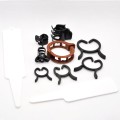
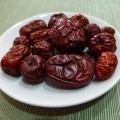
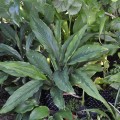
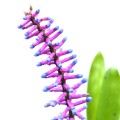
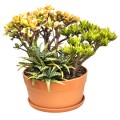
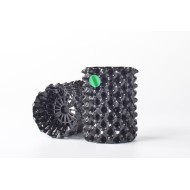
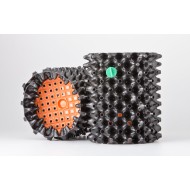
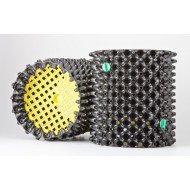
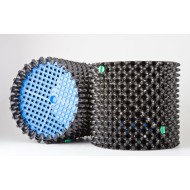
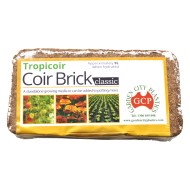
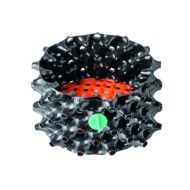
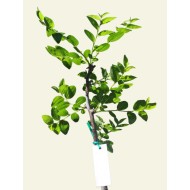
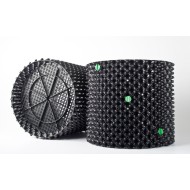
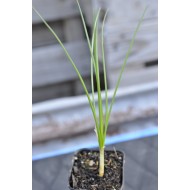
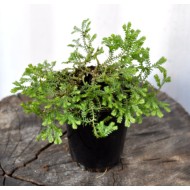
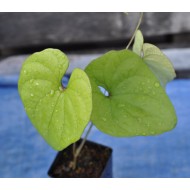
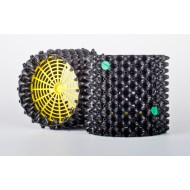
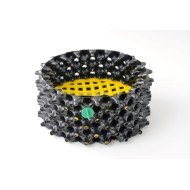
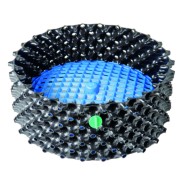
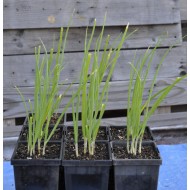
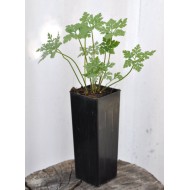
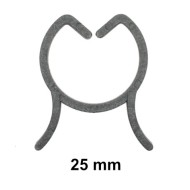
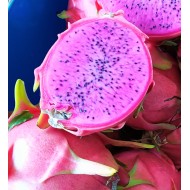

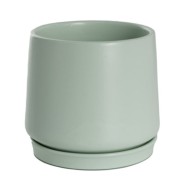
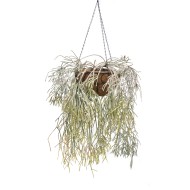
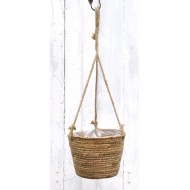
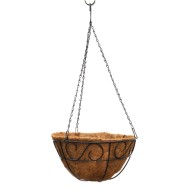
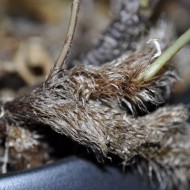
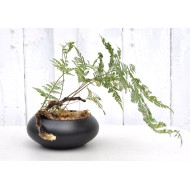
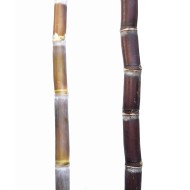
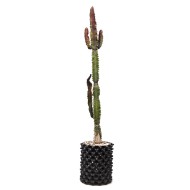
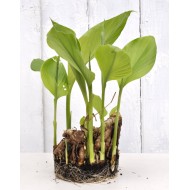
Leave a Comment